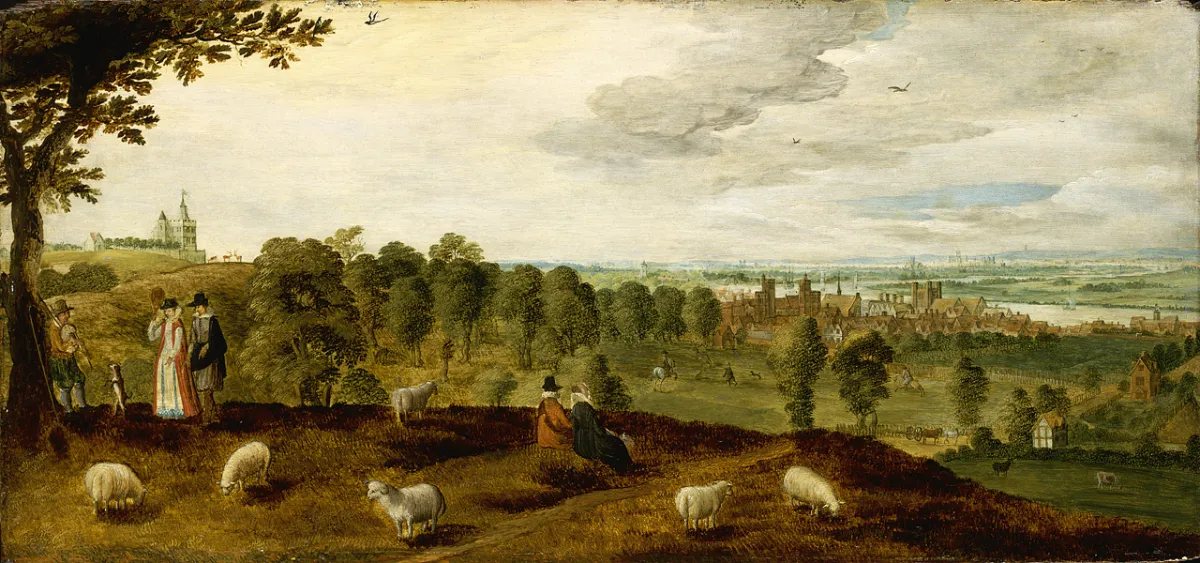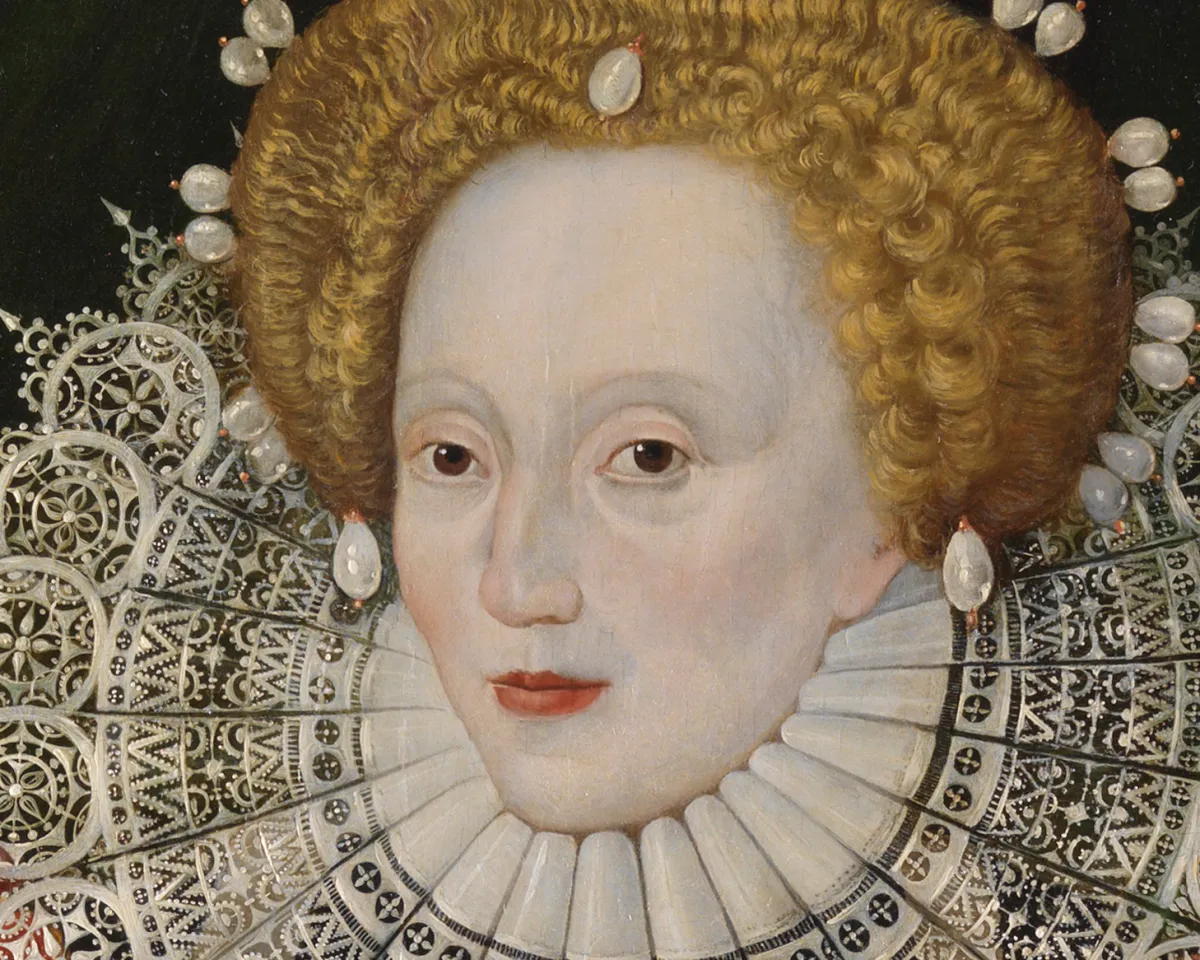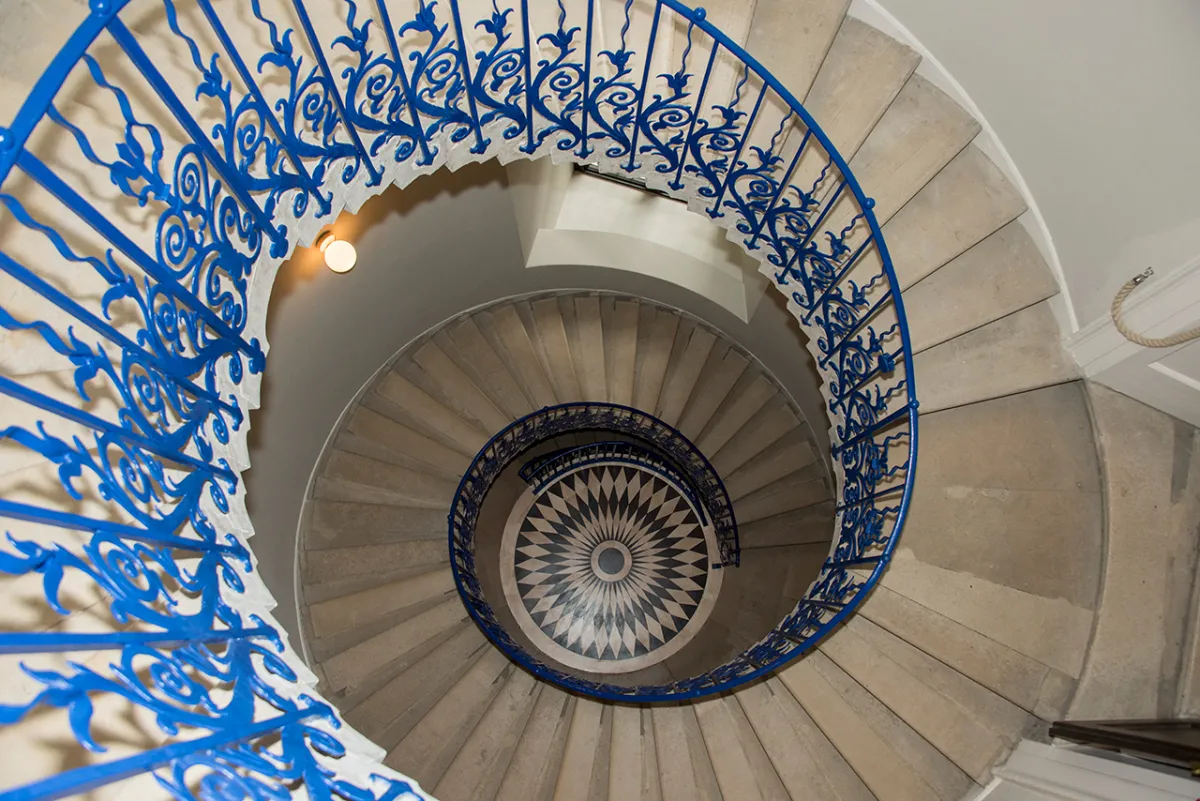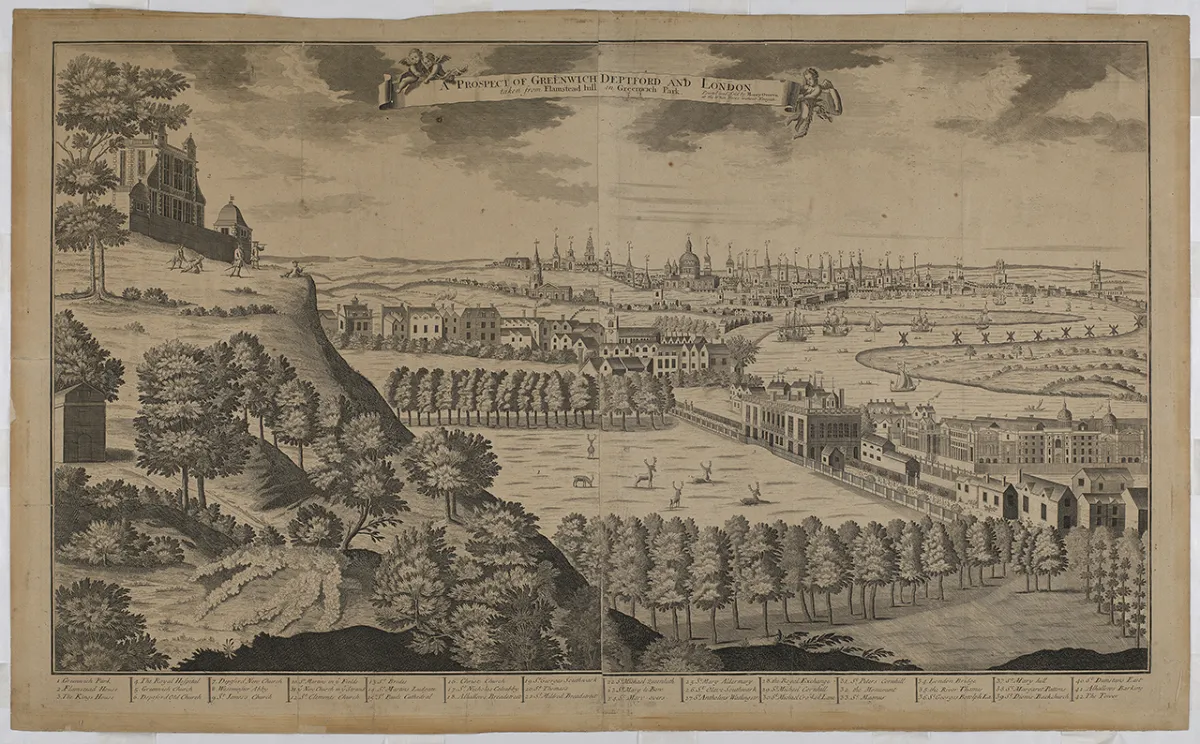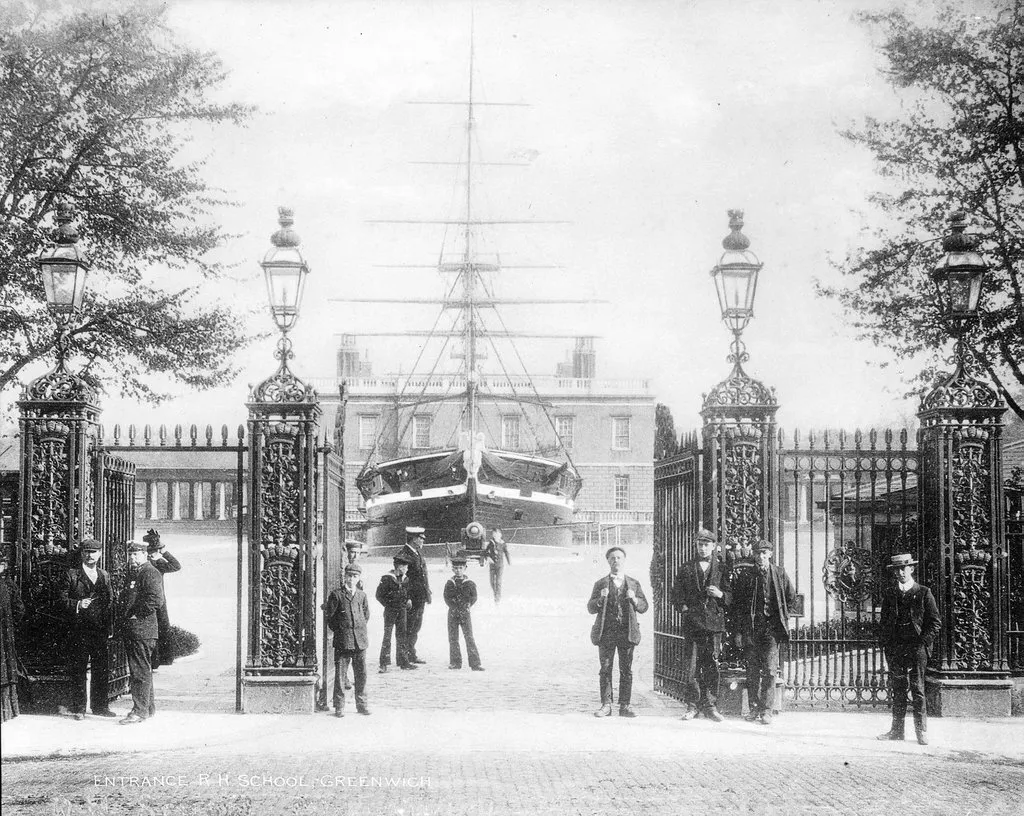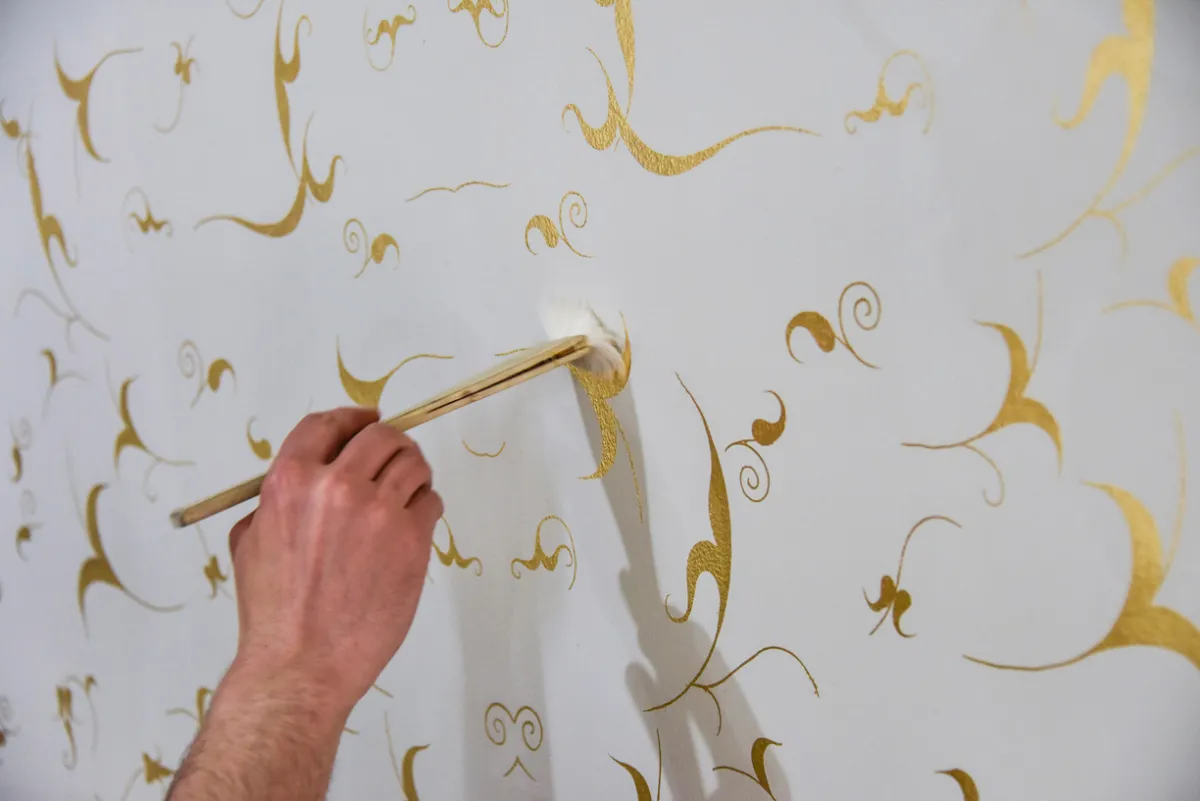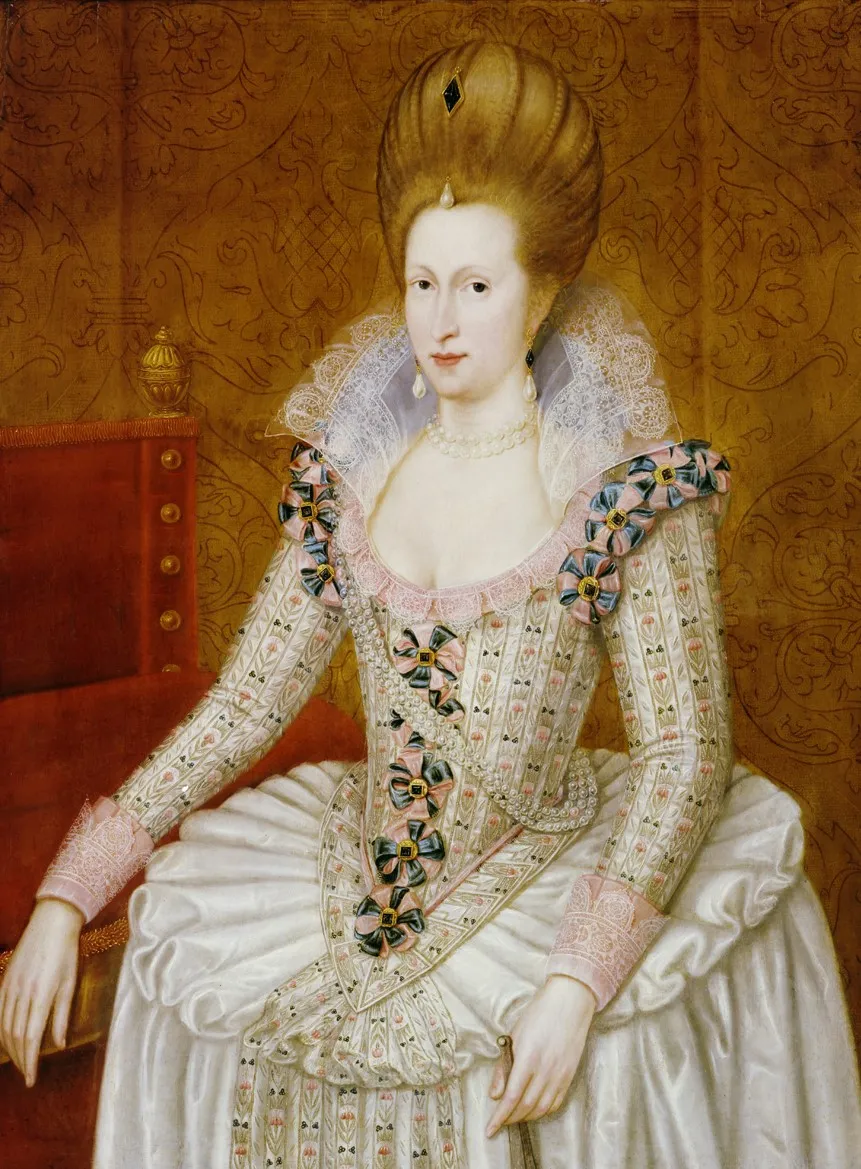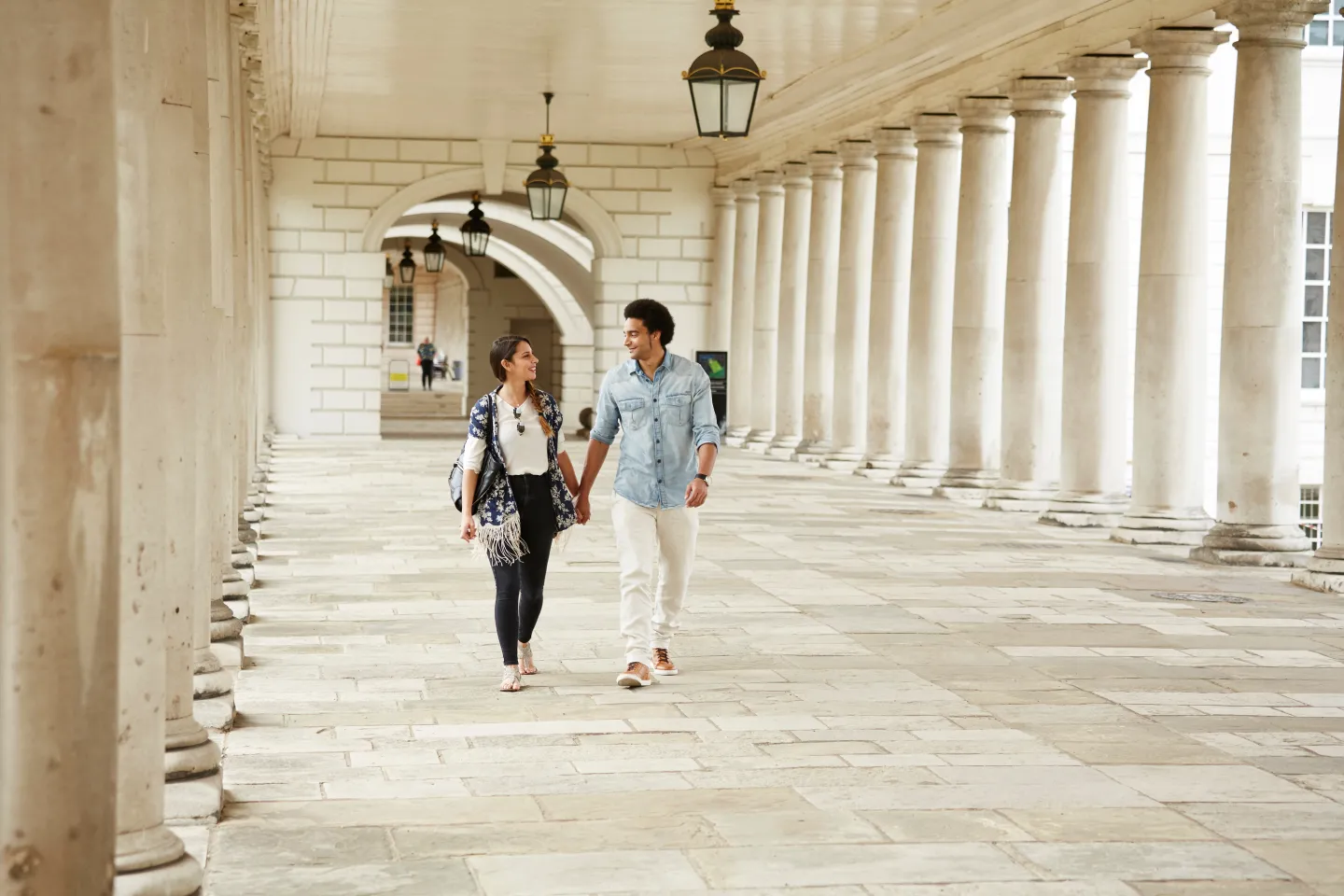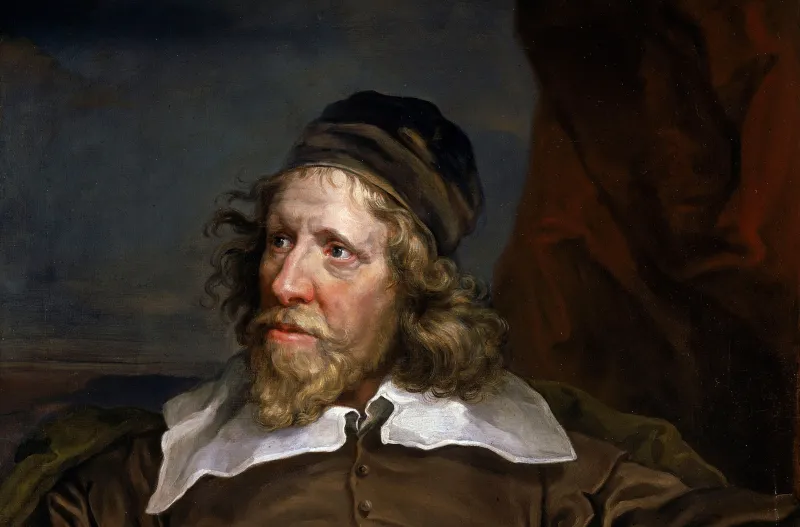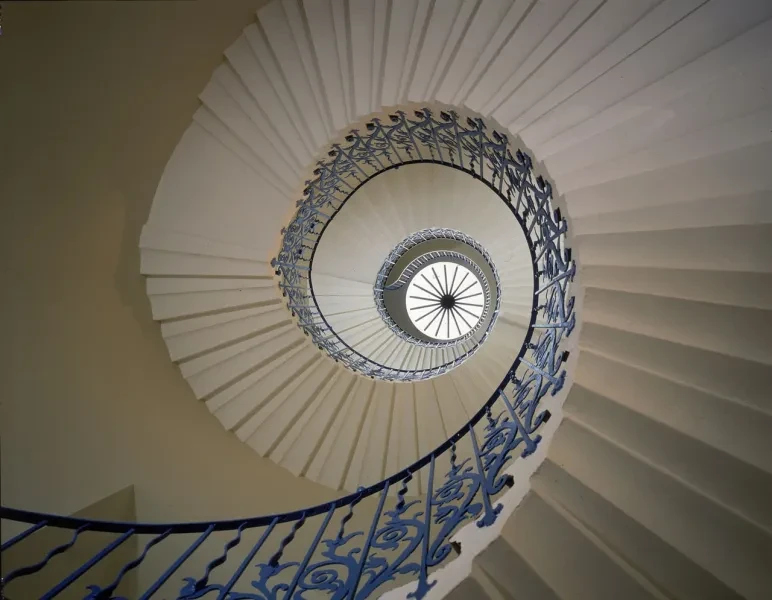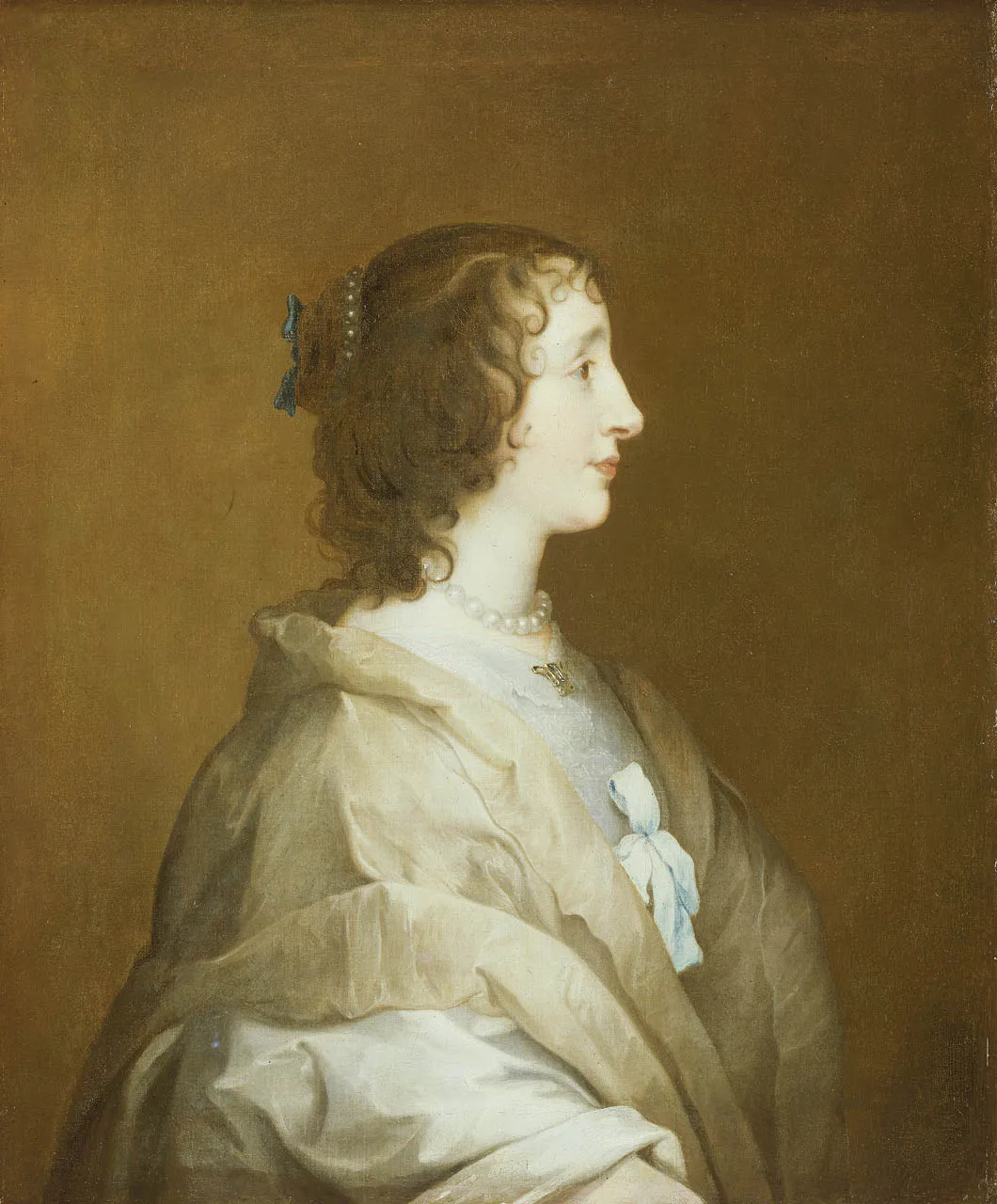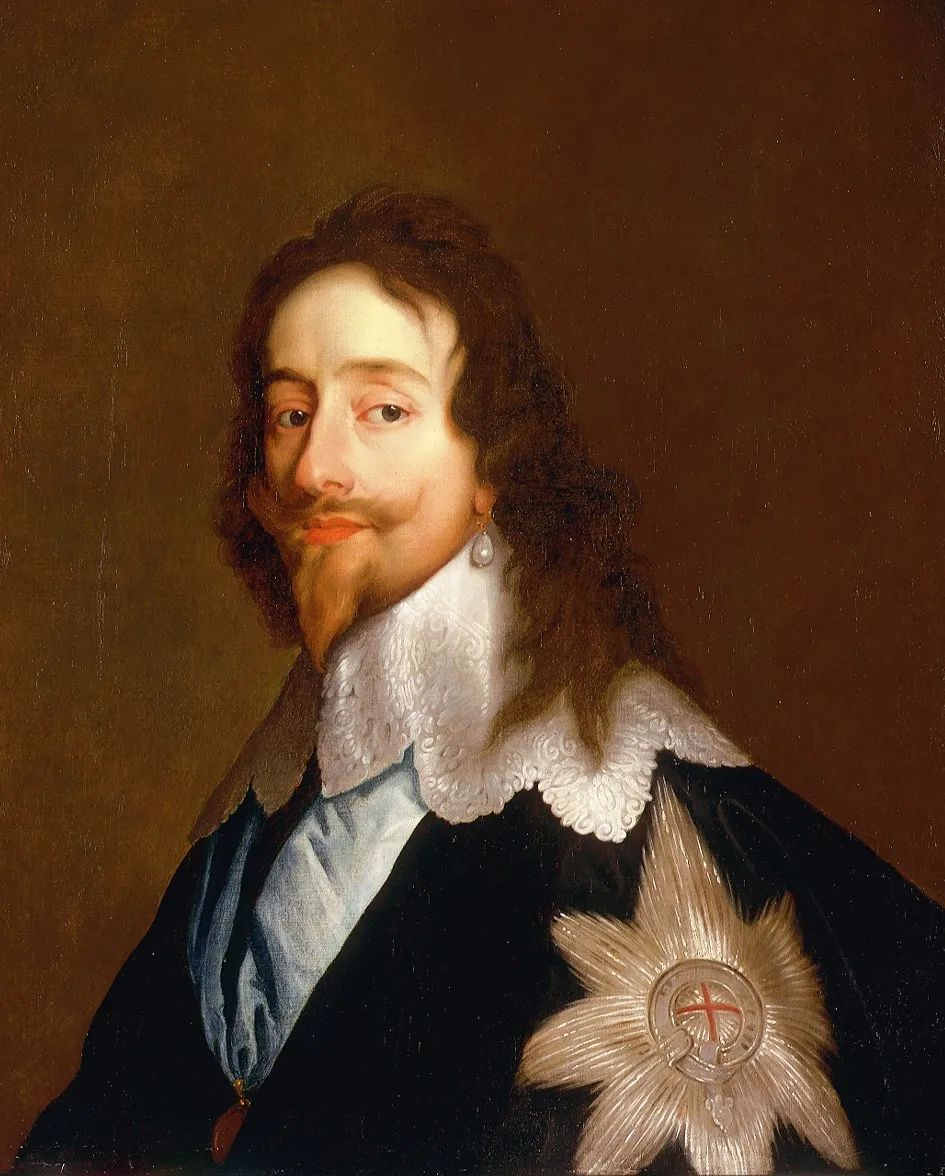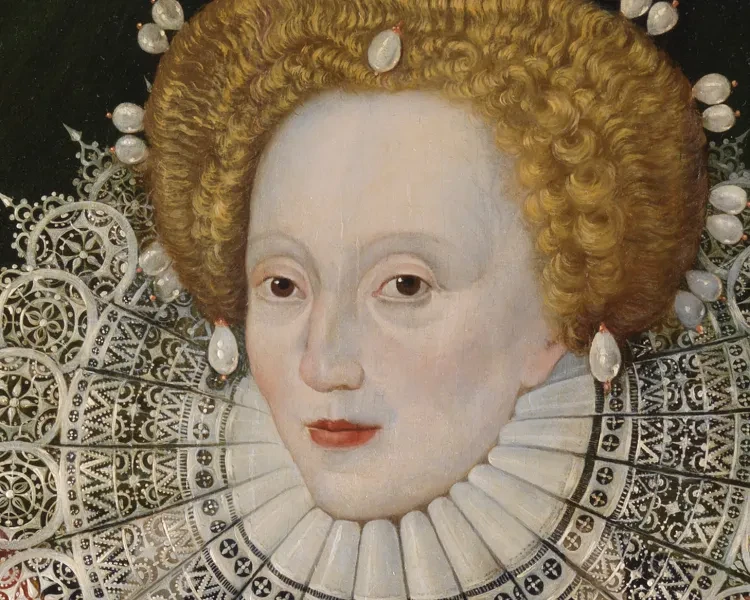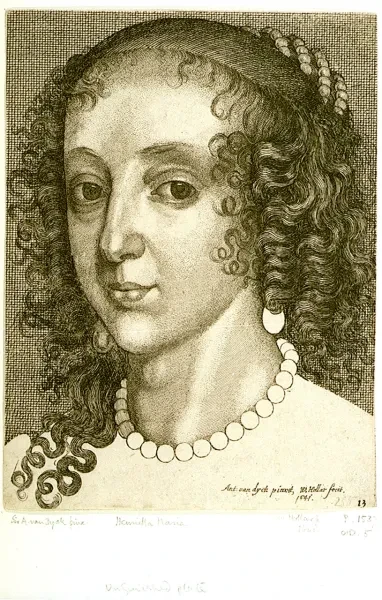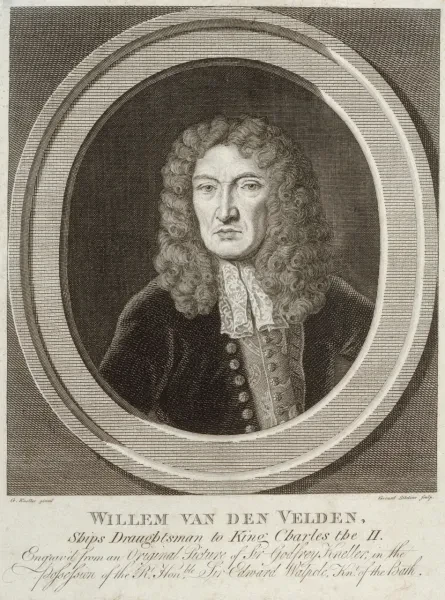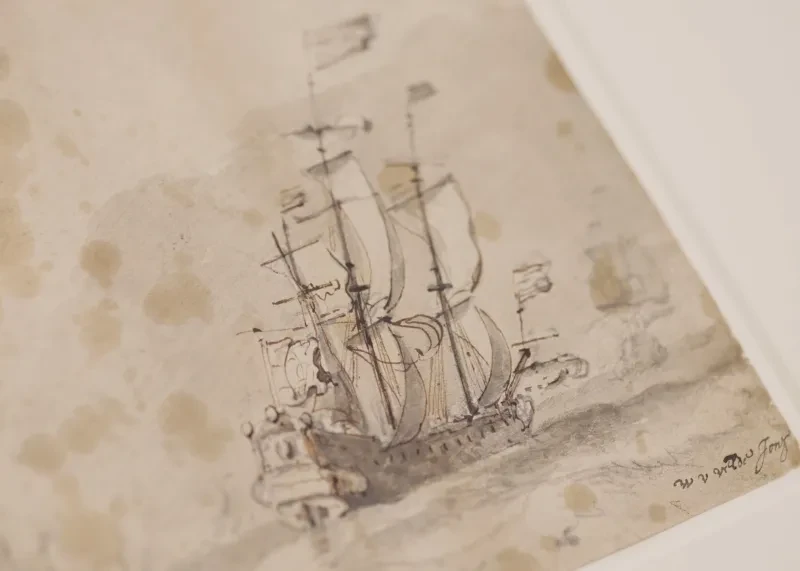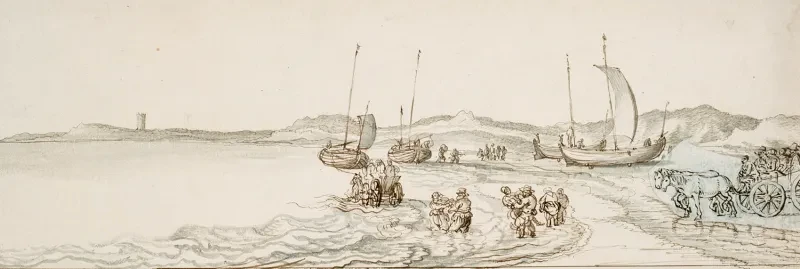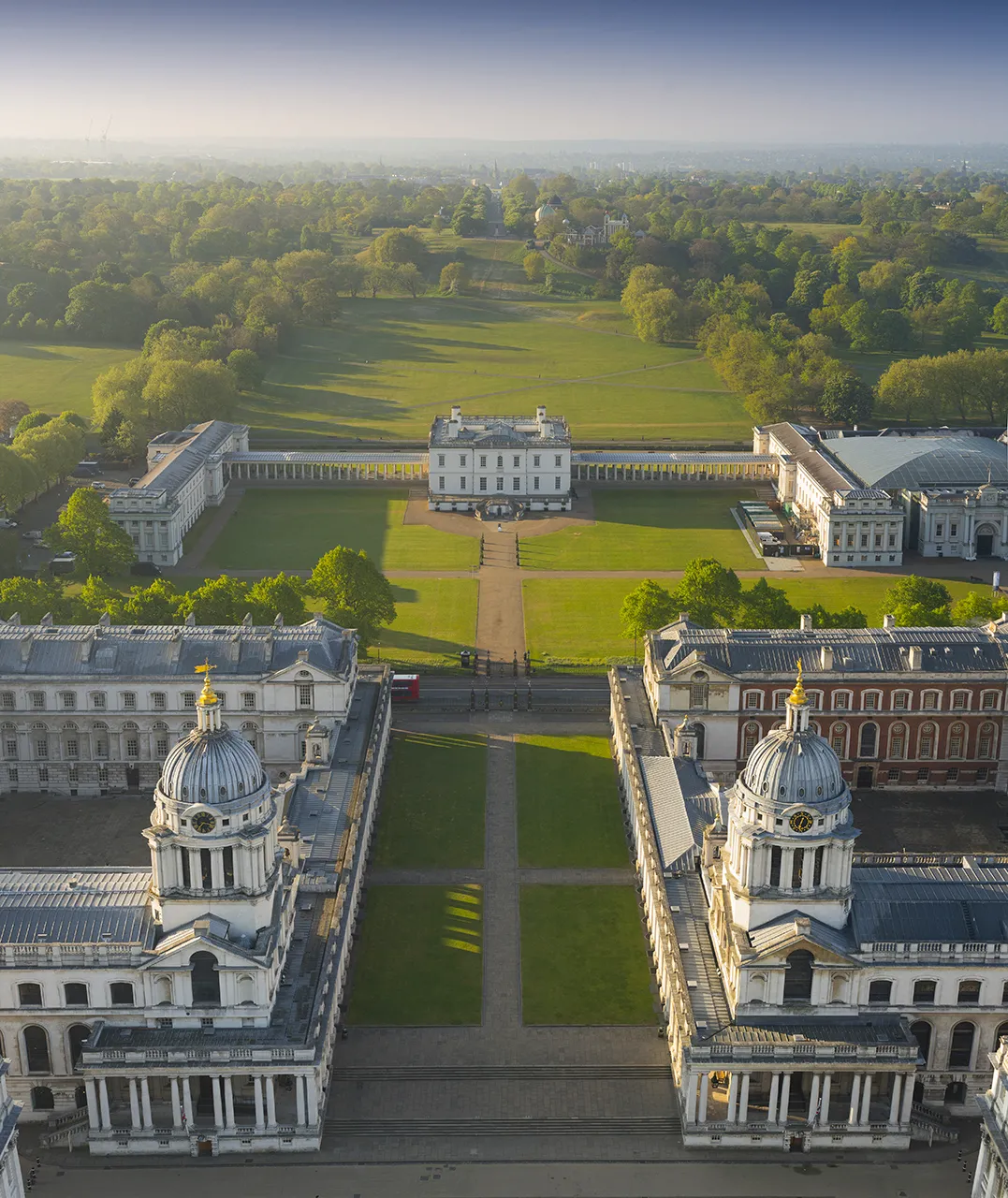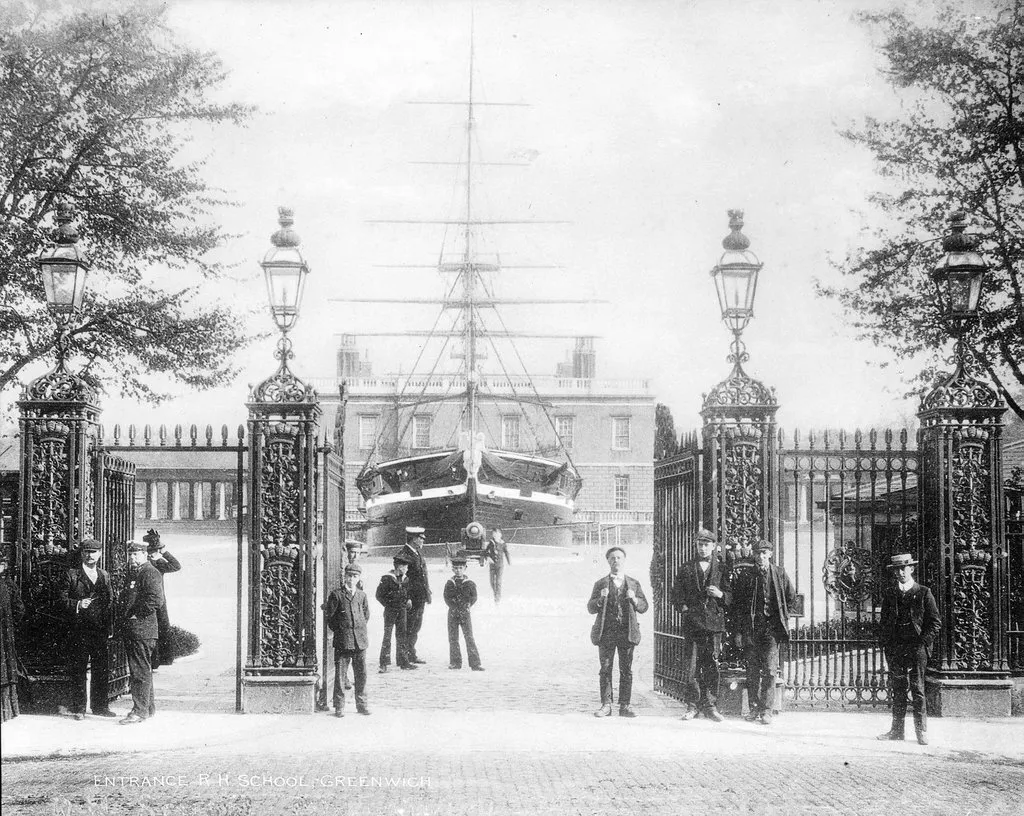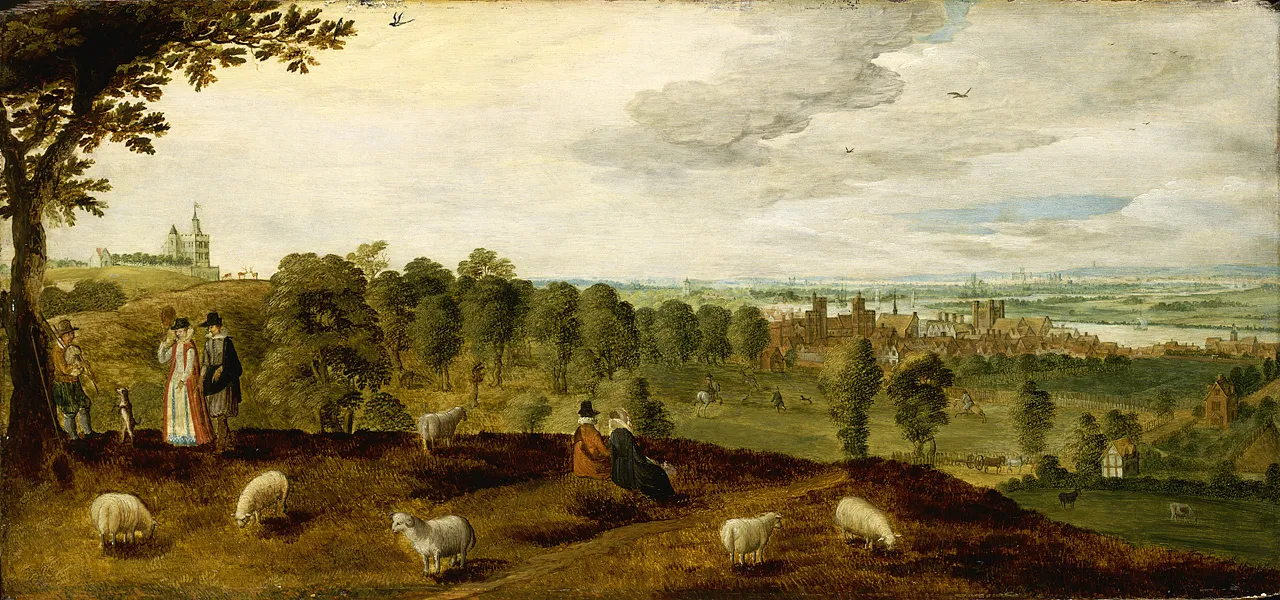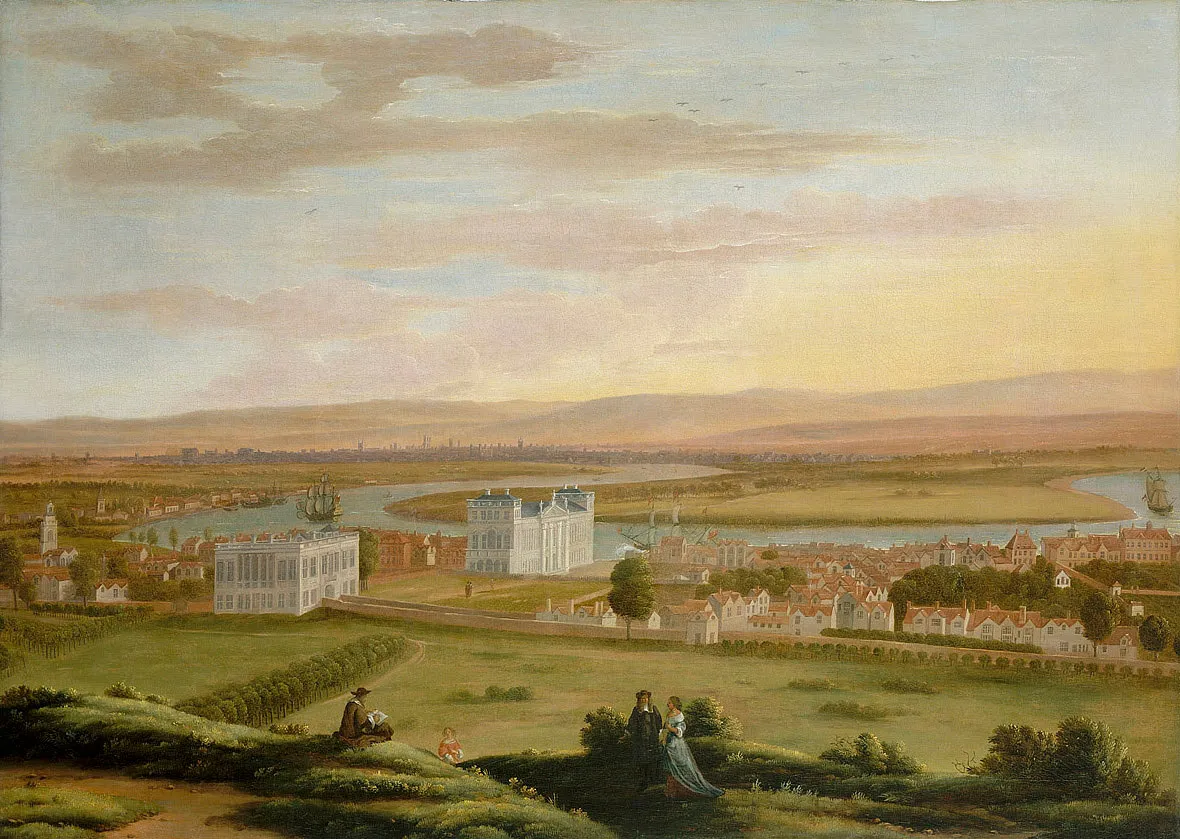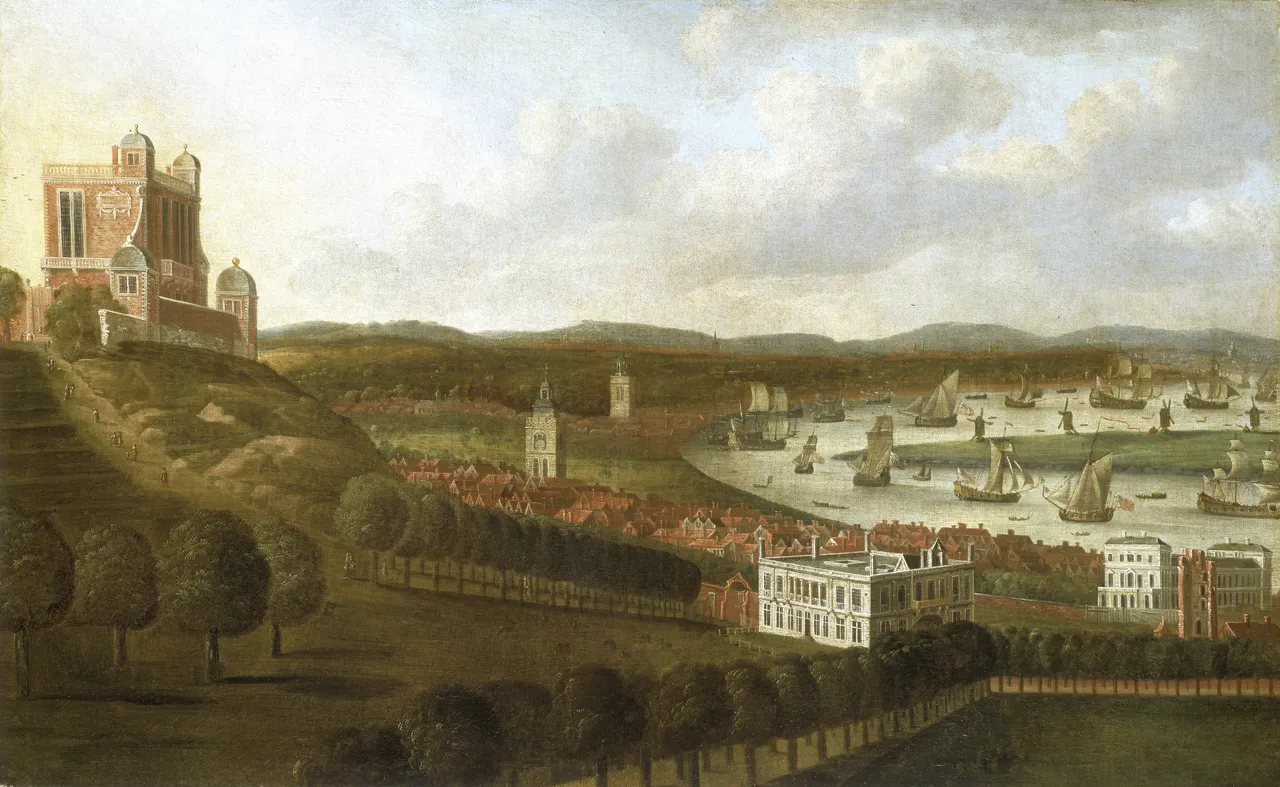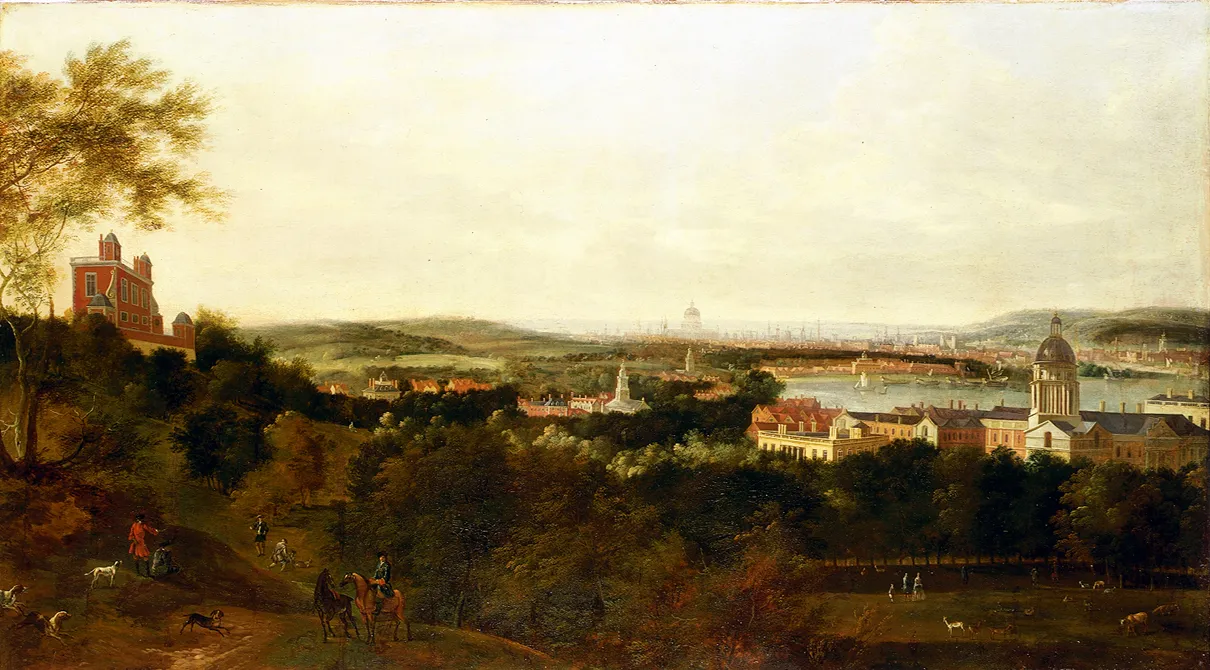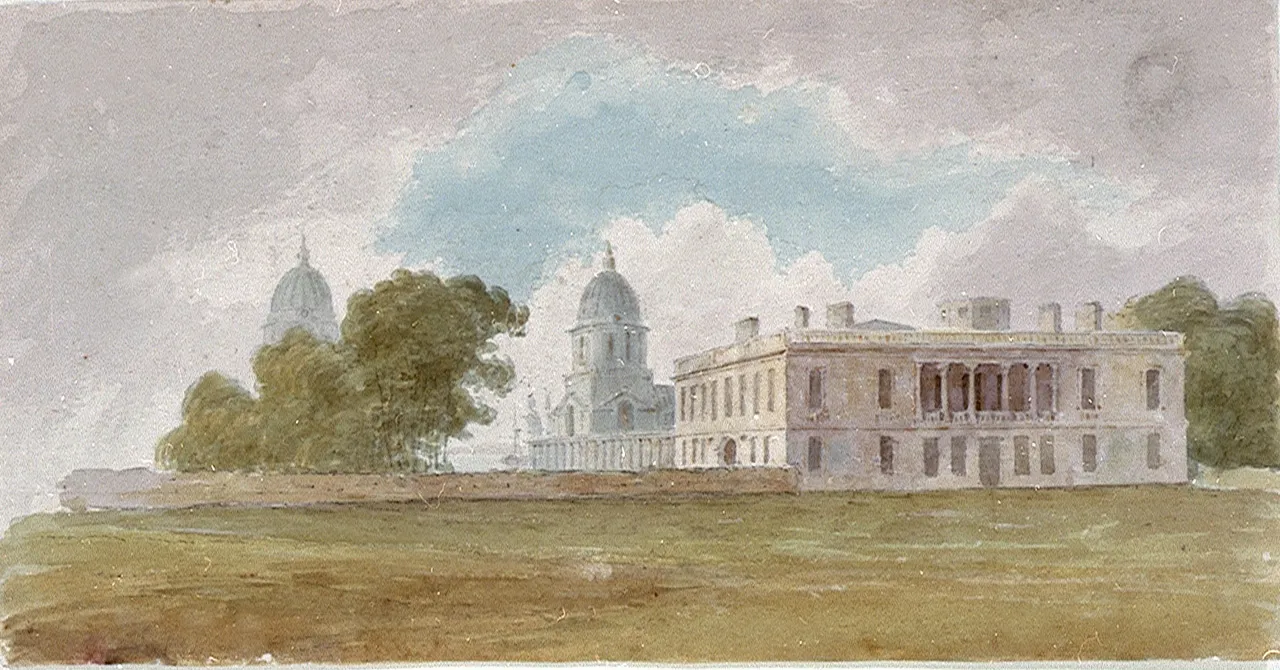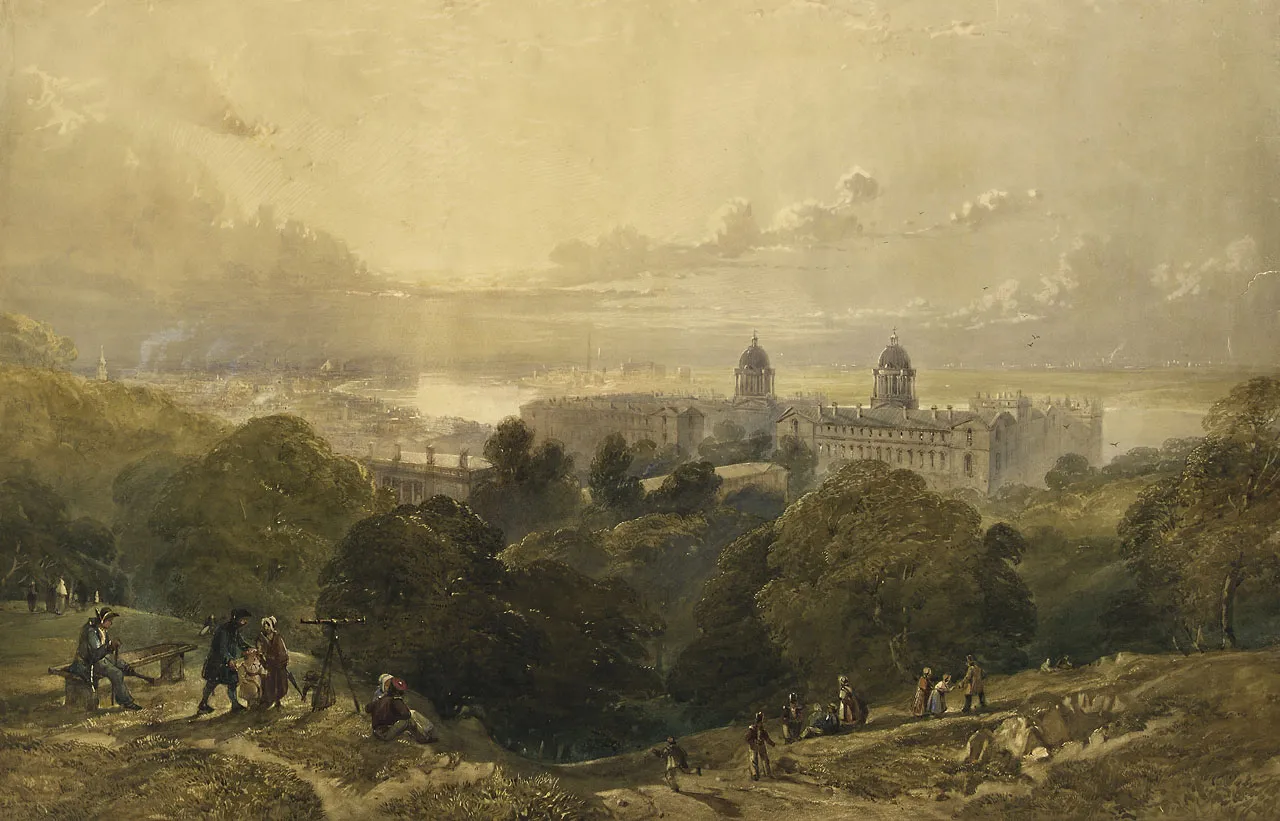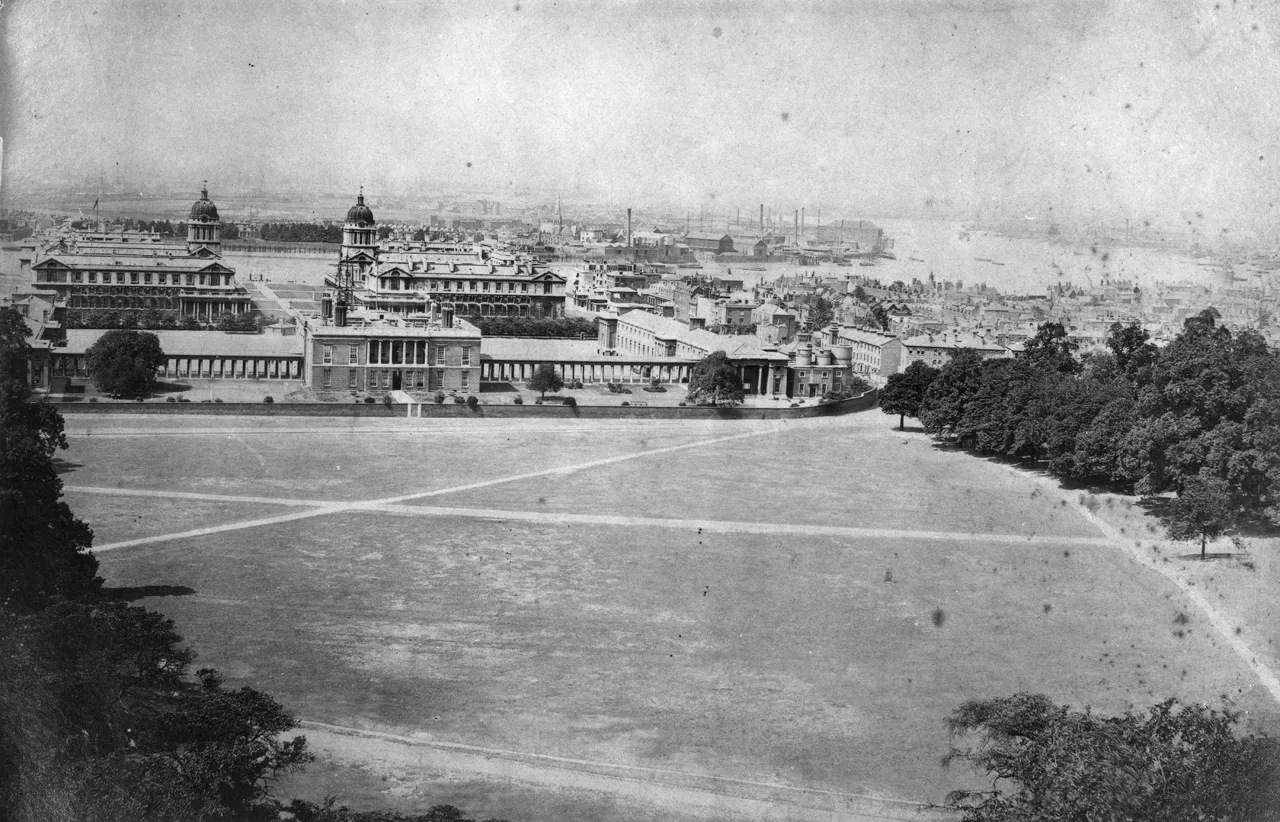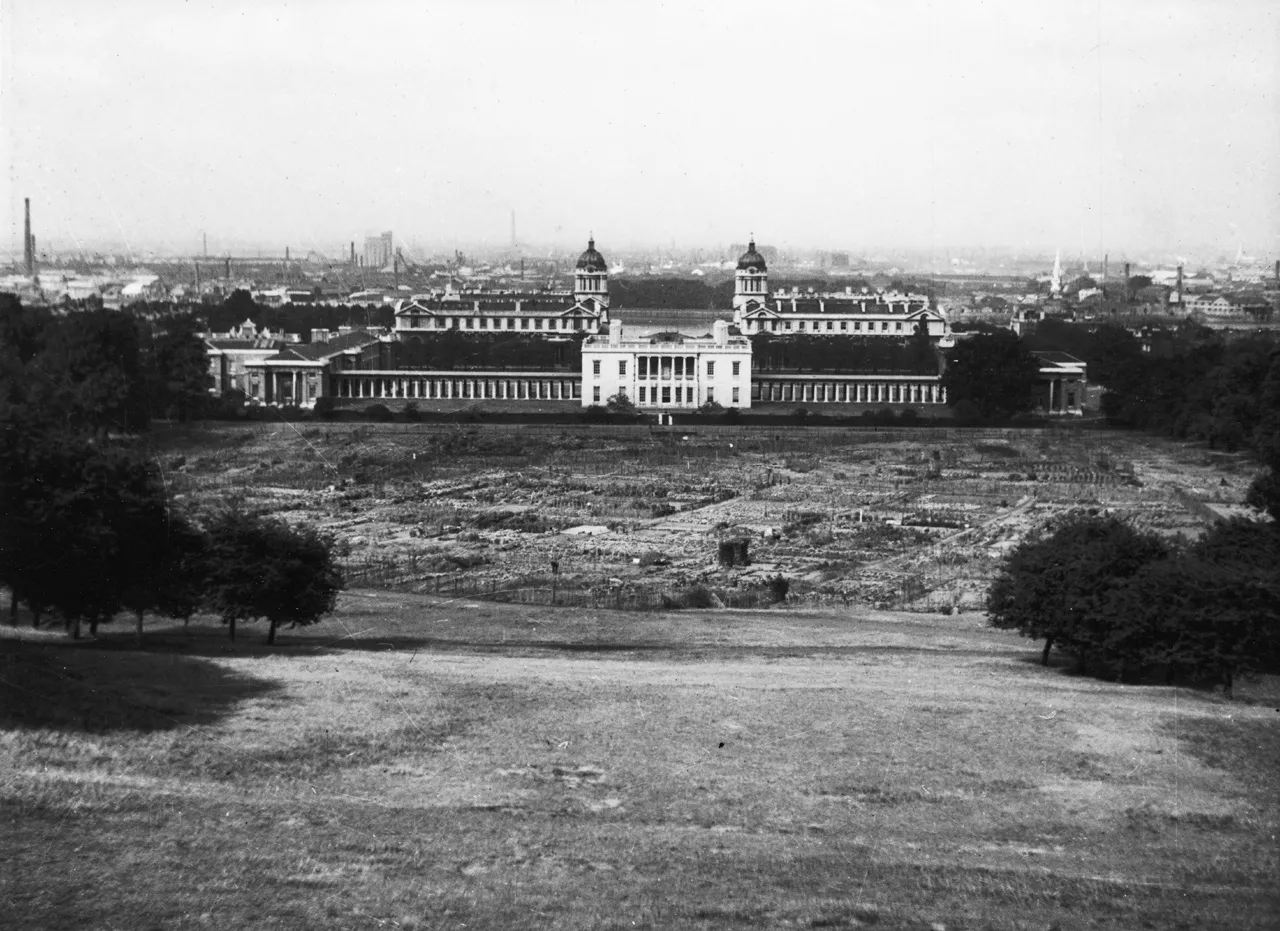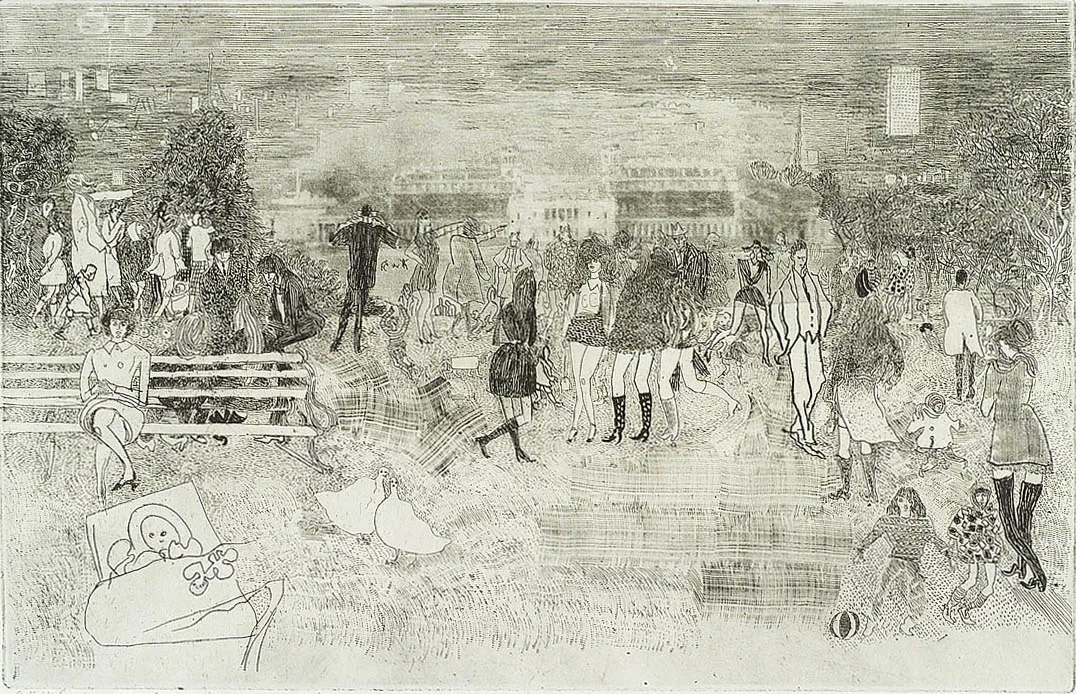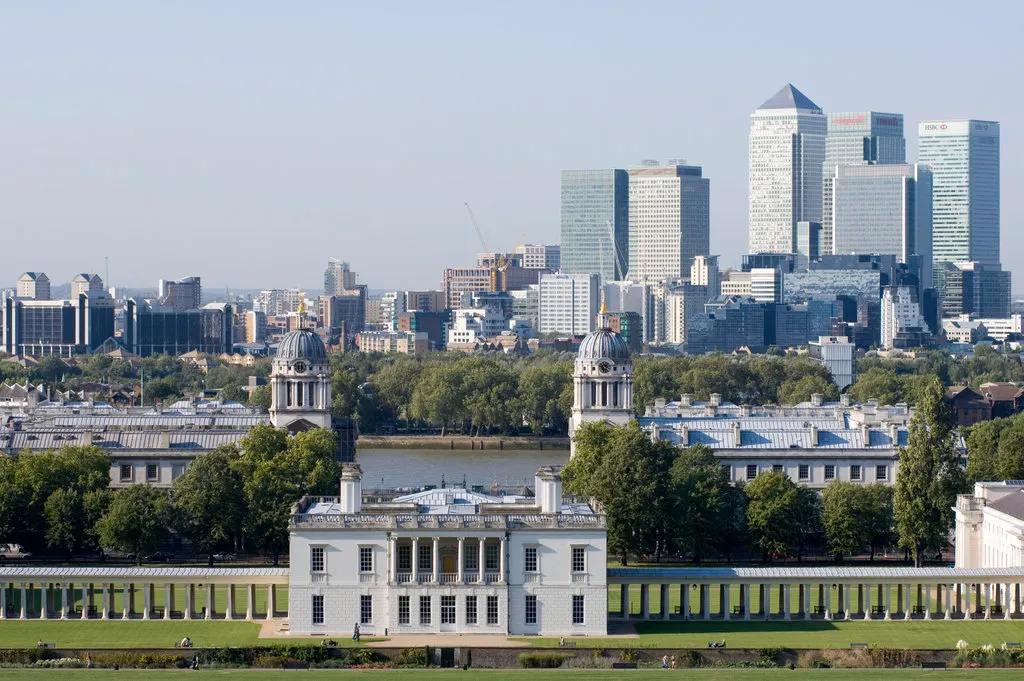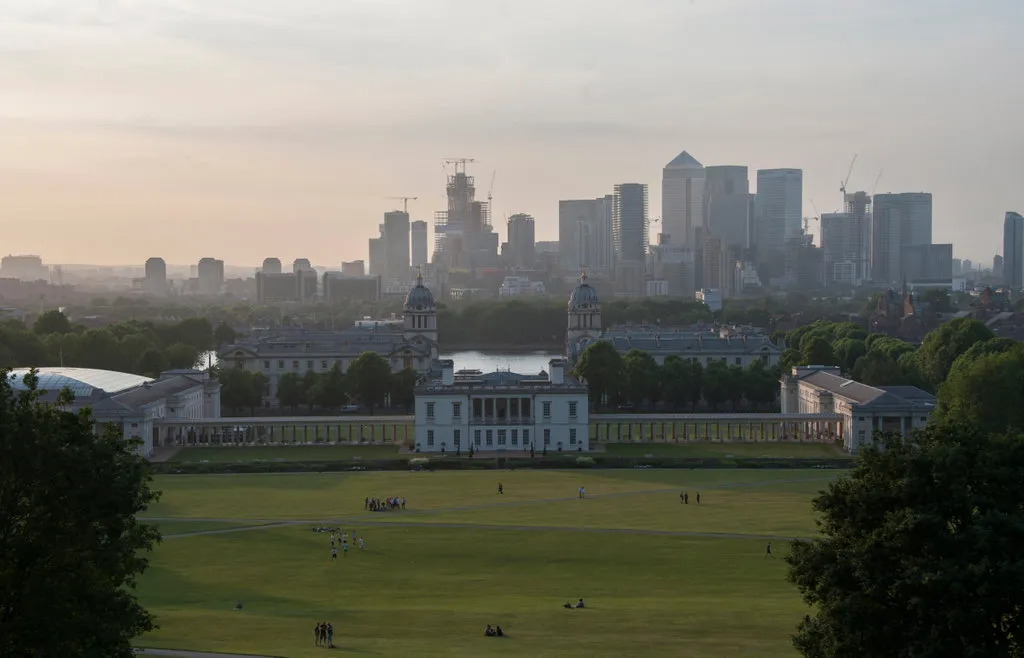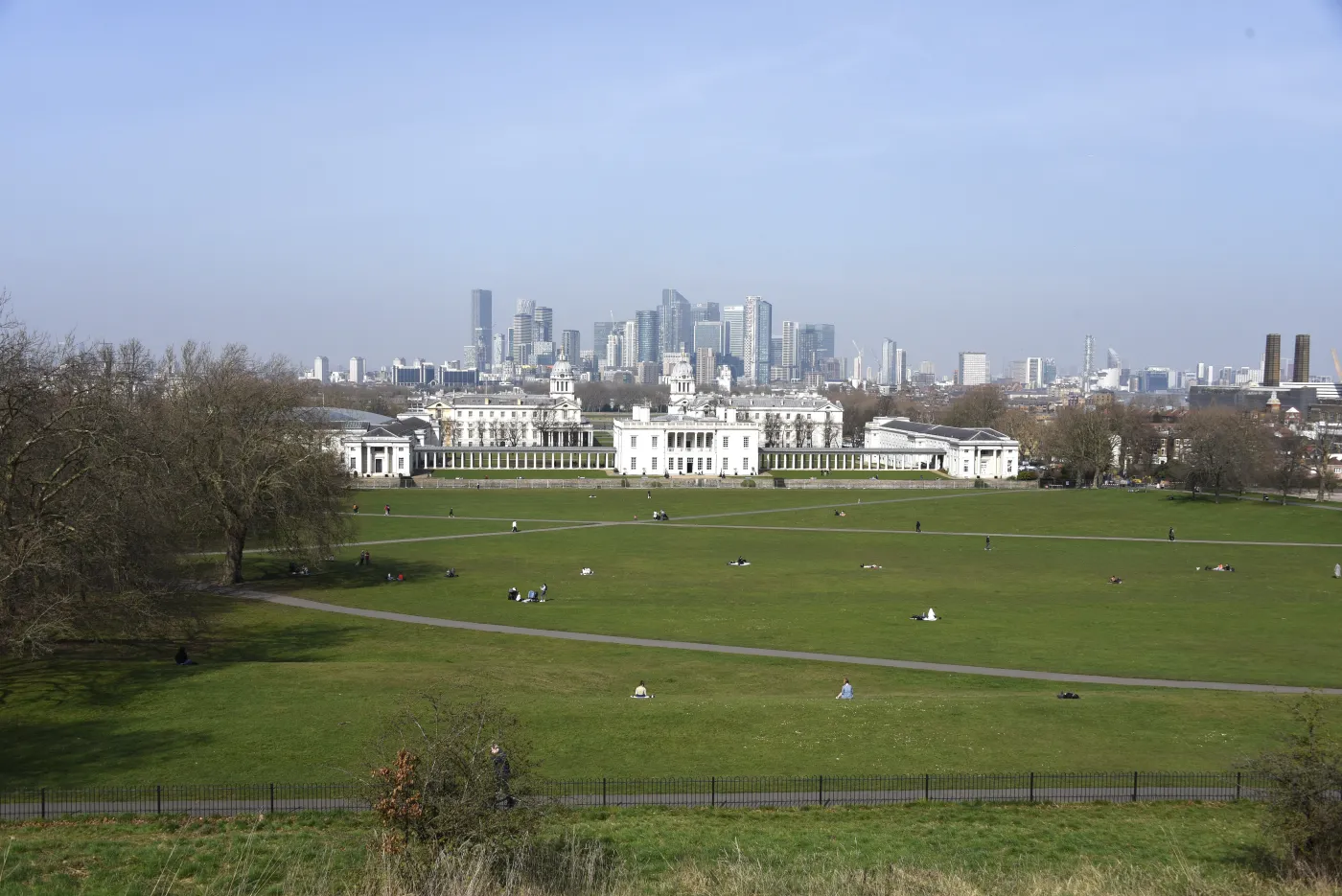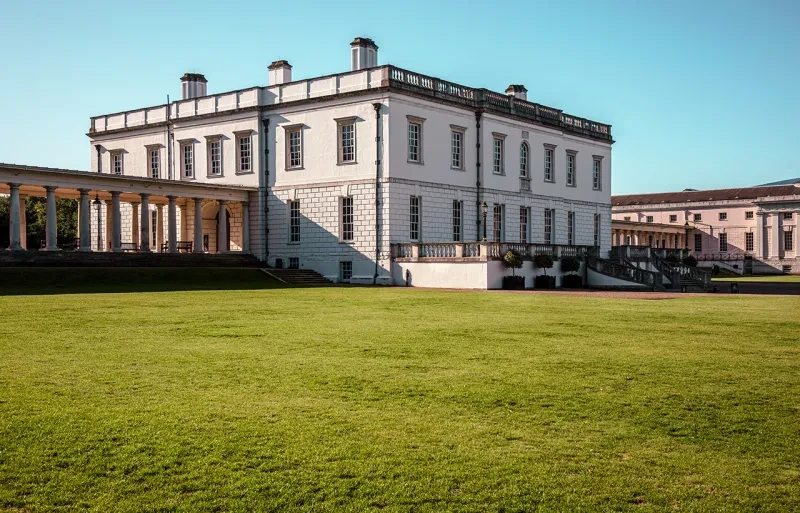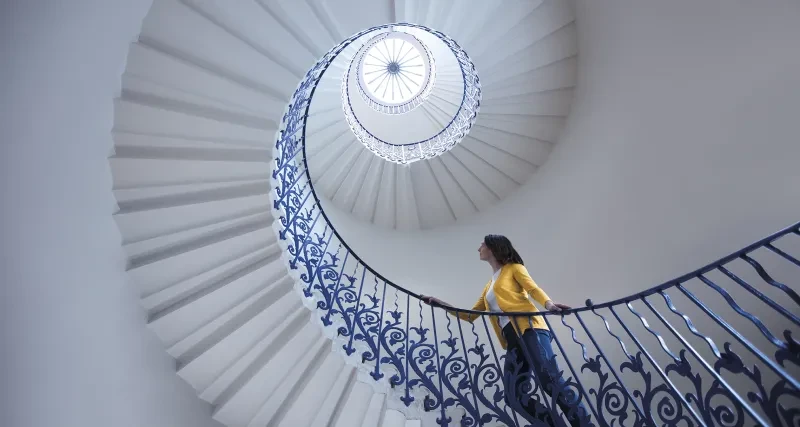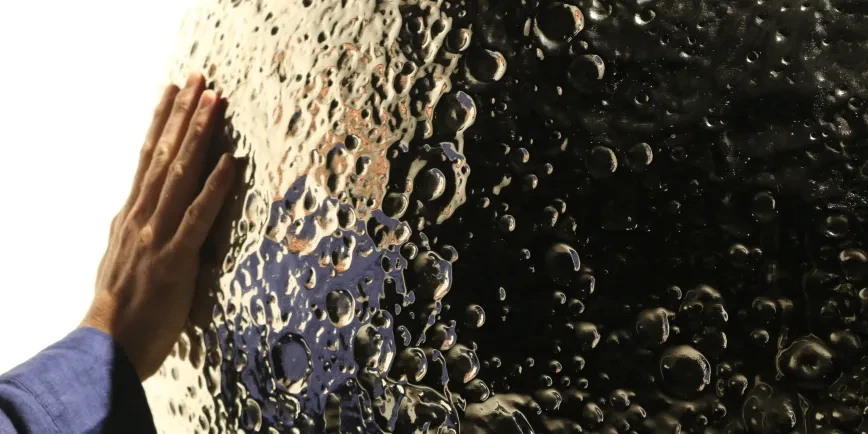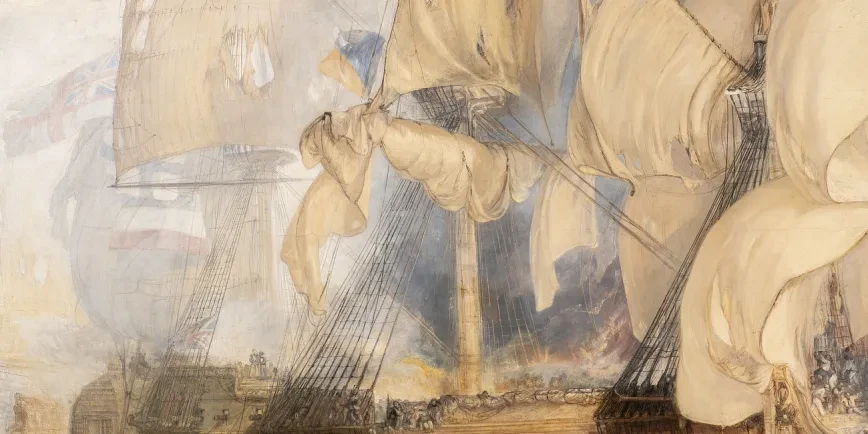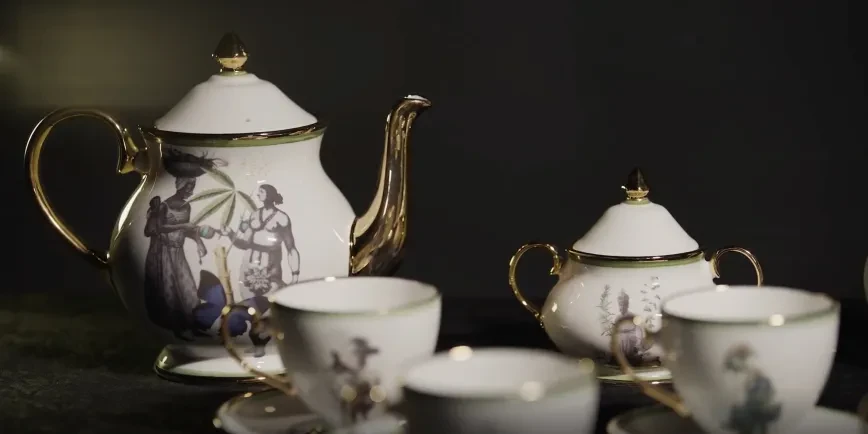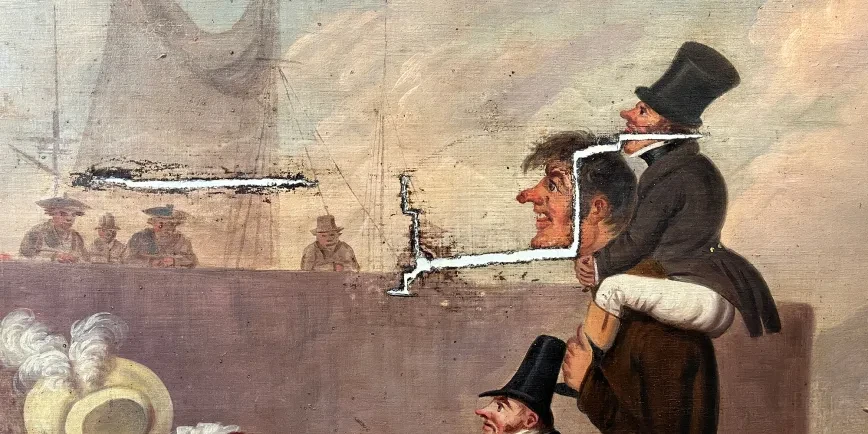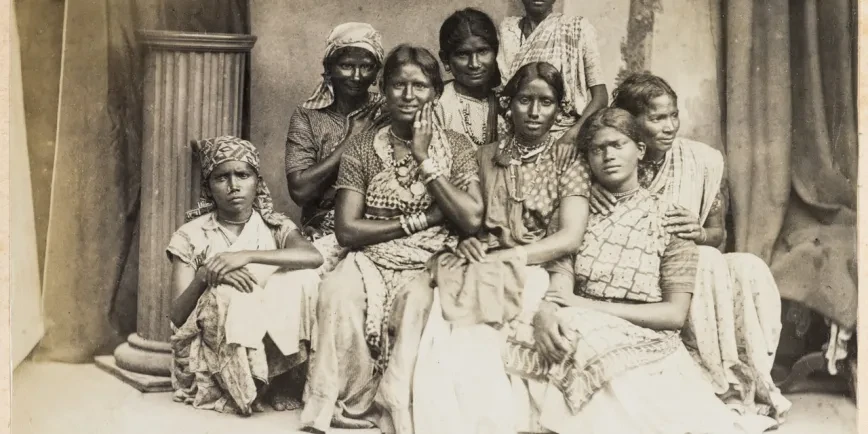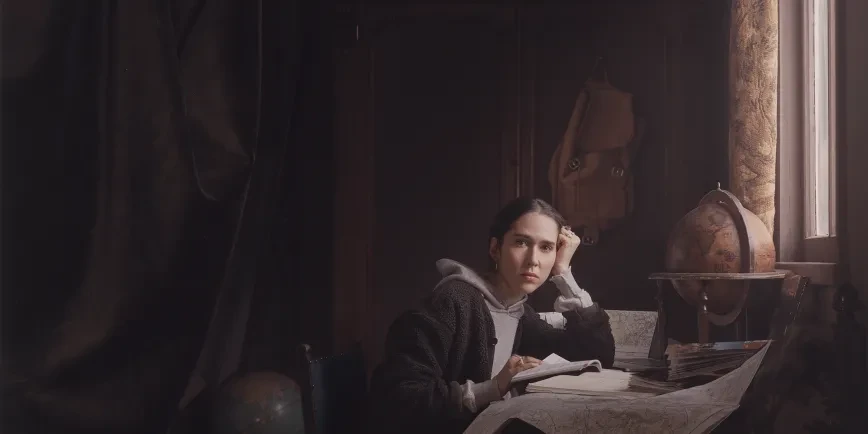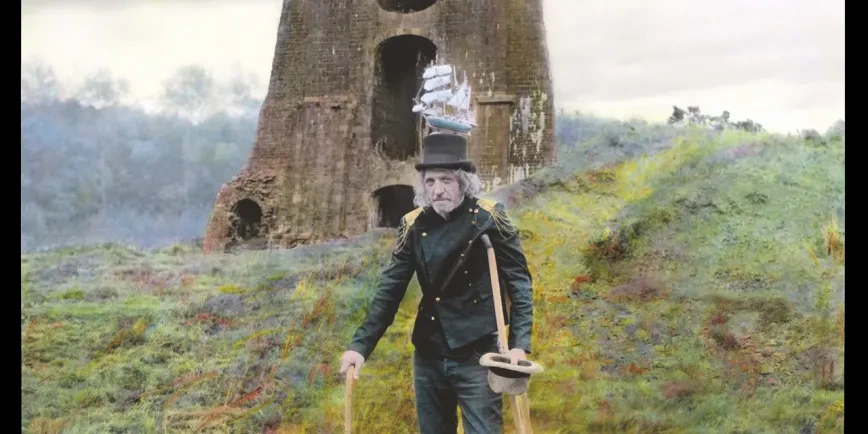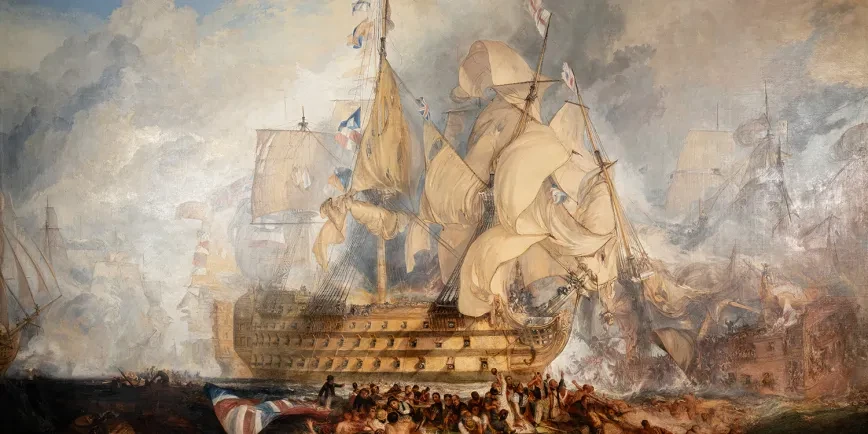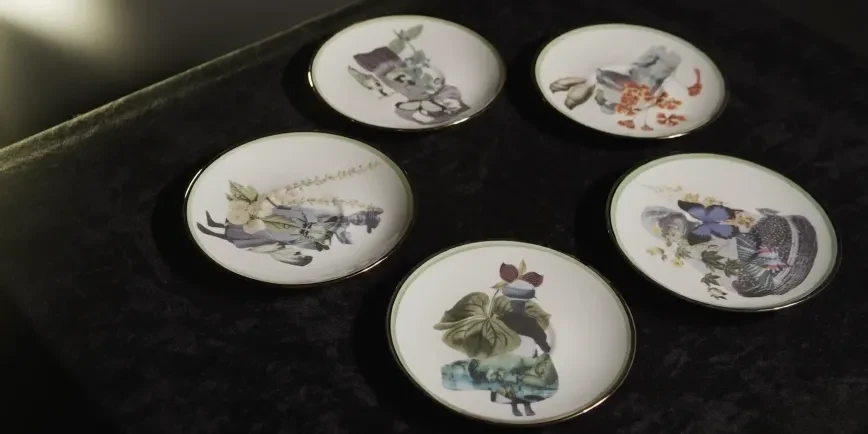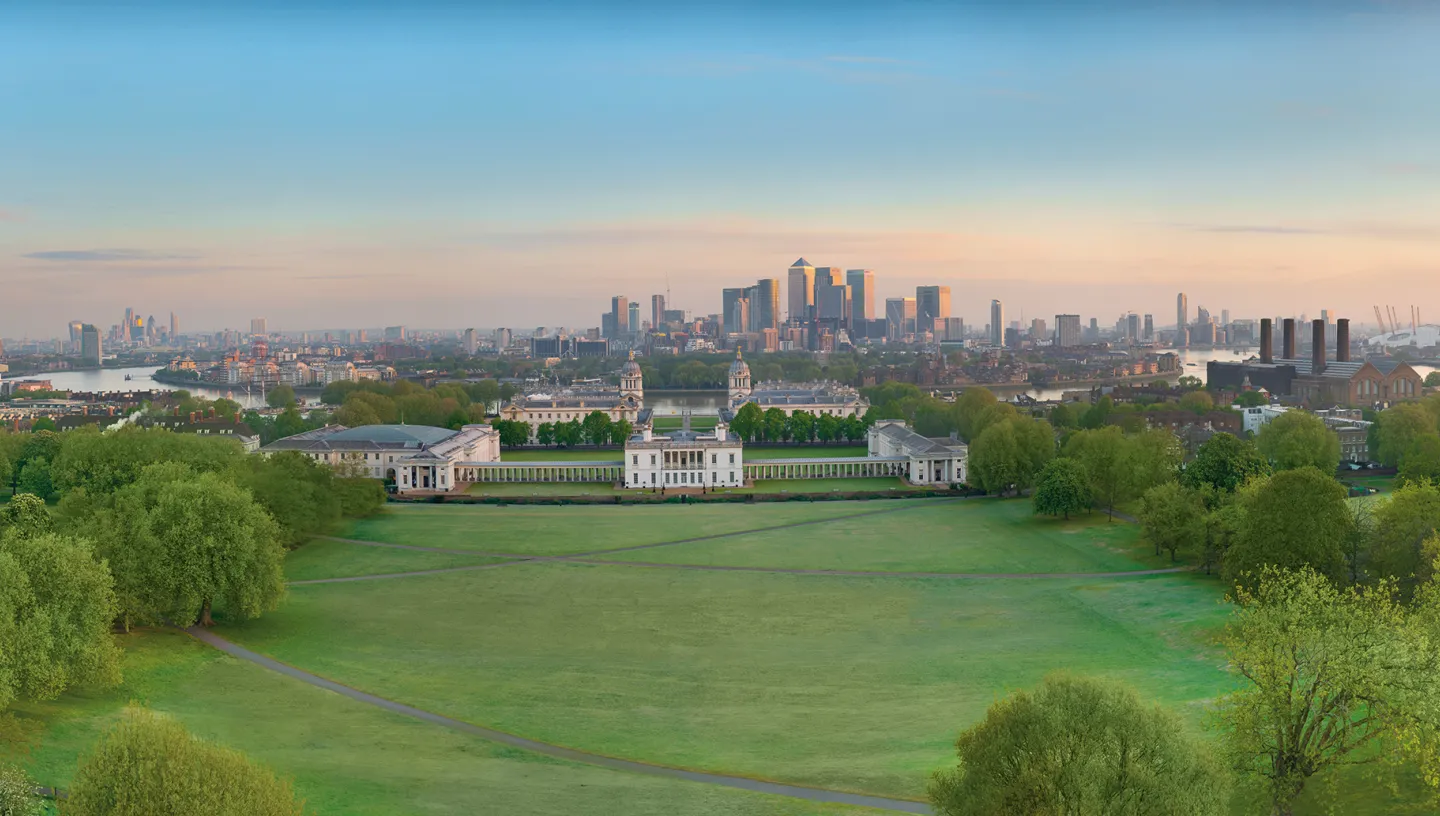
The Queen’s House is the jewel in the crown of Greenwich's UNESCO World Heritage Site.
This bright white villa was at the cutting edge of architecture and design when it was completed in the 1630s.
During the 17th century, the Queen's House was a royal 'House of Delights': a luxurious retreat for Kings and Queens, a place of pleasure for court favourites, and a thriving studio for artists and craftsmen.
Since then, the Queen's House has shaped the Greenwich you see today. When architect Sir Christopher Wren began work on what is now the Old Royal Naval College, Queen Mary II had one instruction: the new building should not block the views of the River Thames from the Queen's House. Thanks to her intervention, the House now sits at the centre of one of London's most inspiring vistas.
Today, the Queen's House still captures that early spirit of art and creativity. Historic paintings and interiors blend gracefully with contemporary art and sculpture, while music, theatre and discussion fill the Great Hall during our regular programme of live events.
Oh, and it even has its own ghost – if legend is to be believed...
Who lived in the Queen's House, and who designed the beautiful Tulip Stairs? How did the House change over time, and what secrets do its galleries still contain?
Book your free visit now to experience the Queen's House for yourself, or read the guide below to discover the story of Greenwich's royal survivor.
Who was the Queen's House built for?
Anne of Denmark, the wife of King James I, is the original 'Queen' of the Queen's House.
King James I granted the existing manor of Greenwich to his Queen in 1613. Supposedly the manor had been a gift from the King as an apology for losing his temper, after Anne had accidentally shot one of his favourite dogs while hunting.
The architect Inigo Jones was commissioned to design a new palace in 1616. Jones had made his name as a designer and producer of court 'masques', a kind of courtly entertainment featuring dance, music, poetry and drama. The original intention may have been for the House to be a venue for this lavish entertainment.
Inigo Jones's design for the House also served another purpose however.
The main public road from London to Dover cut right through this area of Greenwich, separating the royal hunting grounds of Greenwich Park from the Palace by the river. Jones designed the Queen's House so that it would bridge over the road, creating a grand portal between park and palace.
This means that visitors to the Queen's House today actually enter through what was originally the 'back' of the House. The sunny side facing Greenwich Park was originally the front, with the large balcony and high windows acting as an impressive vantage point for looking out on activities in the park.
Anne of Denmark never lived to see Inigo Jones’s design realised however. The Queen died of tuberculosis in March 1619 aged 44. The ground floor shell of the Queen's House was left half-built.
It was not until after 1629, when James’s son Charles I gave Greenwich to his wife Henrietta Maria, that work resumed. The Queen's House had another Queen.
How was the Queen's House used by the royal family?
Like Anne of Denmark, Queen Henrietta Maria was a leading patron of the arts, with interests including art, sculpture and design. It was she who instructed Inigo Jones to restart work on the Queen's House.
The building was completed around 1635, and is considered remarkable for its break with the traditional, red-brick Tudor style of building that had gone before.
Henrietta Maria changed one key element of the Queen's House's original design, instructing Jones to create a new north terrace overlooking the palace gardens. This marked the start of the north side’s role as the primary façade of the building, as it is today.
The start of the Civil War in 1642 meant that Henrietta Maria had little time to enjoy the House she had helped to complete. In 1644 she escaped to France; her husband Charles I was executed in 1649.
During the Commonwealth the Queen's House was reserved for Government use. Late in 1653, Oliver Cromwell briefly considered occupying the Queen’s House himself, but this never came to fruition.
The Restoration of the monarchy in 1660 brought renewed attention to the Queen's House. Charles II renovated the building ahead of the return of his mother Henrietta Maria, who arrived at Greenwich in July 1662. She did not stay long however, choosing to move to Somerset House in September that year.
The Queen's House would never again be a permanent royal residence. Instead it was used for royal visits or overnight stays, normally as part of important journey by sea to and from Greenwich.
A home for art and science
By the end of the 17th century the Queen’s House had become a ‘grace-and-favour’ mansion, made available to court favourites and artisans.
This included Willem van de Velde the Elder and Younger, the Dutch father and son duo whose arrival in the winter of 1672/73 transformed marine painting in Britain. The pair were granted a studio on the ground floor of the Queen's House.
In 1675–76, the first Astronomer Royal, John Flamsteed, lived in and observed from the House while the Royal Observatory was being built on the hill above. Other occupants include Sir John Chardin, a French Huguenot exile and jeweller to the English court.
The Queen's House: the heart of maritime Greenwich
The Queen's House today is perfectly framed by the twin domes of the Old Royal Naval College – but it wasn't always this way.
Originally Greenwich Palace would have blocked the view from the Queen's House to the river. During the Civil War however the old Tudor palace had fallen into disrepair; Charles II's plans for a grand new palace in its place were never fully realised.
In the 1690s the site was instead earmarked as the location for the Royal Hospital for Seamen, a charitable institution for Royal Navy veterans.
Queen Mary II instructed architect Sir Christopher Wren that the new building should not block the view from the Queen's House. Wren's solution, an arrangement of domes and colonnades either side of a central open court, placed the Queen's House right at the centre of the vista from the river.
From 1690 until 1806 the Queen's House was the official residence for the Ranger of Greenwich Park, an honorary position appointed by the monarch.
By 1807 however the role of the Queen's House had changed again, becoming the location for the Royal Naval Asylum, an orphanage for the children of naval seamen. The Asylum later combined with the Royal Hospital school for the sons of seamen, and by 1843 the first of three full-size training ships stood in front of the House.
In 1937 the Queen's House was opened to the public as part of the new National Maritime Museum.
Greenwich Park and the Queen's House: in pictures
Ghostly sightings
It was first rumoured that the Queen’s House was haunted in the 1960s, after a photograph taken by a visitor appeared to show one or more ghosts on the Tulip Stairs.
Unexplained sightings have continued. In 2002, a gallery assistant was talking to two colleagues when he reportedly saw a figure gliding across a balcony, dressed in an old-fashioned, white-grey dress and passing through a wall...
The Queen's House today
The Queen’s House is now at the heart of the Maritime Greenwich World Heritage Site, declared by UNESCO in 1997.
But don't just admire its picture-perfect exterior: the galleries inside contain a world-class art collection, historic works from the studios of Holbein, Van Dyck and the Van de Veldes alongside contemporary pieces by Kehinde Wiley, Christy Symington and more.
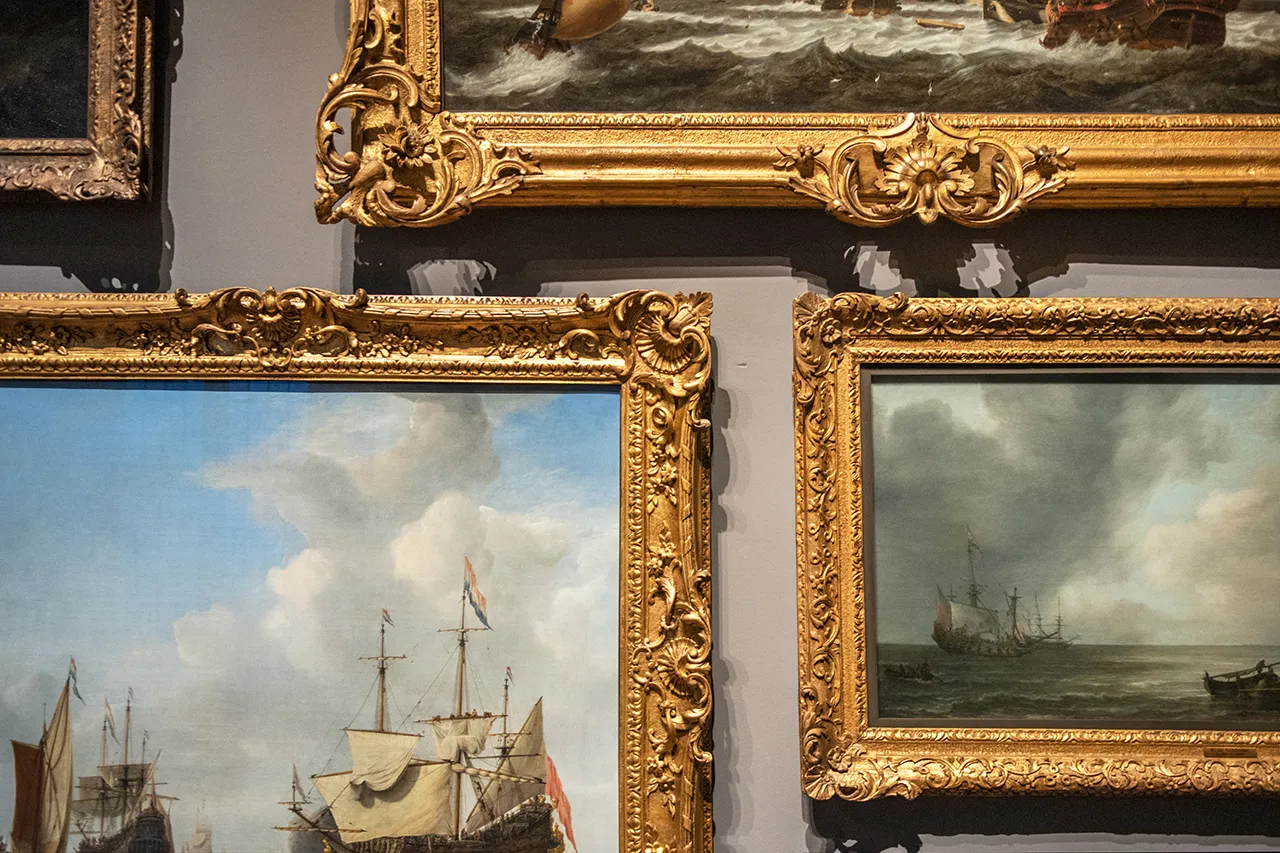
From architectural trailblazer to inspiring art gallery, the Queen's House spirit of creativity still burns bright.
Discover the artists, ideas and creativity connected with Greenwich’s galleries and museums.
